Here example of my dataset
ts=structure(list(Data = structure(c(10L, 14L, 18L, 22L, 26L, 29L,
32L, 35L, 38L, 1L, 4L, 7L, 11L, 15L, 19L, 23L, 27L, 30L, 33L,
36L, 39L, 2L, 5L, 8L, 12L, 16L, 20L, 24L, 28L, 31L, 34L, 37L,
40L, 3L, 6L, 9L, 13L, 17L, 21L, 25L), .Label = c("01.01.2018",
"01.01.2019", "01.01.2020", "01.02.2018", "01.02.2019", "01.02.2020",
"01.03.2018", "01.03.2019", "01.03.2020", "01.04.2017", "01.04.2018",
"01.04.2019", "01.04.2020", "01.05.2017", "01.05.2018", "01.05.2019",
"01.05.2020", "01.06.2017", "01.06.2018", "01.06.2019", "01.06.2020",
"01.07.2017", "01.07.2018", "01.07.2019", "01.07.2020", "01.08.2017",
"01.08.2018", "01.08.2019", "01.09.2017", "01.09.2018", "01.09.2019",
"01.10.2017", "01.10.2018", "01.10.2019", "01.11.2017", "01.11.2018",
"01.11.2019", "01.12.2017", "01.12.2018", "01.12.2019"), class = "factor"),
client = structure(c(1L, 1L, 1L, 1L, 1L, 1L, 1L, 1L, 1L,
1L, 1L, 2L, 2L, 2L, 2L, 2L, 2L, 2L, 2L, 2L, 2L, 2L, 2L, 2L,
2L, 2L, 2L, 1L, 1L, 1L, 1L, 1L, 1L, 1L, 1L, 1L, 1L, 1L, 1L,
1L), .Label = c("Horns", "Kornev"), class = "factor"), stuff = structure(c(1L,
1L, 1L, 1L, 1L, 1L, 1L, 1L, 1L, 1L, 1L, 3L, 3L, 3L, 3L, 3L,
3L, 3L, 3L, 3L, 3L, 3L, 3L, 3L, 3L, 3L, 3L, 2L, 2L, 2L, 2L,
2L, 2L, 2L, 2L, 2L, 2L, 2L, 2L, 2L), .Label = c("chickens",
"hooves", "Oysters"), class = "factor"), Sales = c(374L,
12L, 120L, 242L, 227L, 268L, 280L, 419L, 12L, 172L, 336L,
117L, 108L, 150L, 90L, 117L, 116L, 146L, 120L, 211L, 213L,
67L, 146L, 118L, 152L, 122L, 201L, 497L, 522L, 65L, 268L,
441L, 247L, 348L, 445L, 477L, 62L, 226L, 476L, 306L)), .Names = c("Data",
"client", "stuff", "Sales"), class = "data.frame", row.names = c(NA,
-40L))
I want perform time series using Arima models by group
#if using dummy
fun_tslm <- function(x, start = "2017-01-04", freq = 12){
tsw <- ts(x[["Sales"]], start = decimal_date(as.Date(start)), frequency = freq)
#View(tsw)
mytslm <- tslm(tsw ~ trend + season)
mytslm
}
fun_forecast <- function(x, h = 14){
residarima1 <- auto.arima(x[["residuals"]])
residualsArimaForecast <- forecast(residarima1, h = h)
residualsF <- as.numeric(residualsArimaForecast$mean)
regressionForecast <- forecast(x, h = h)
regressionF <- as.numeric(regressionForecast$mean)
forecastR <- regressionF + residualsF
forecastR
}
tslm_list <- lapply(group_list, fun_tslm)
fore_list <- lapply(tslm_list, fun_forecast)
When I run this script I got the error
Error in model.frame.default(Terms, newdata, na.action = na.action, xlev = object$xlevels) : factor season has new levels 4
But indeed I want to get output with Arima metrics where I can see 1.forecast initial value
2.forecast for 14 monthes with CI
outputs for initial values and forecasted values should be in two different data.frame.
How to do it?

